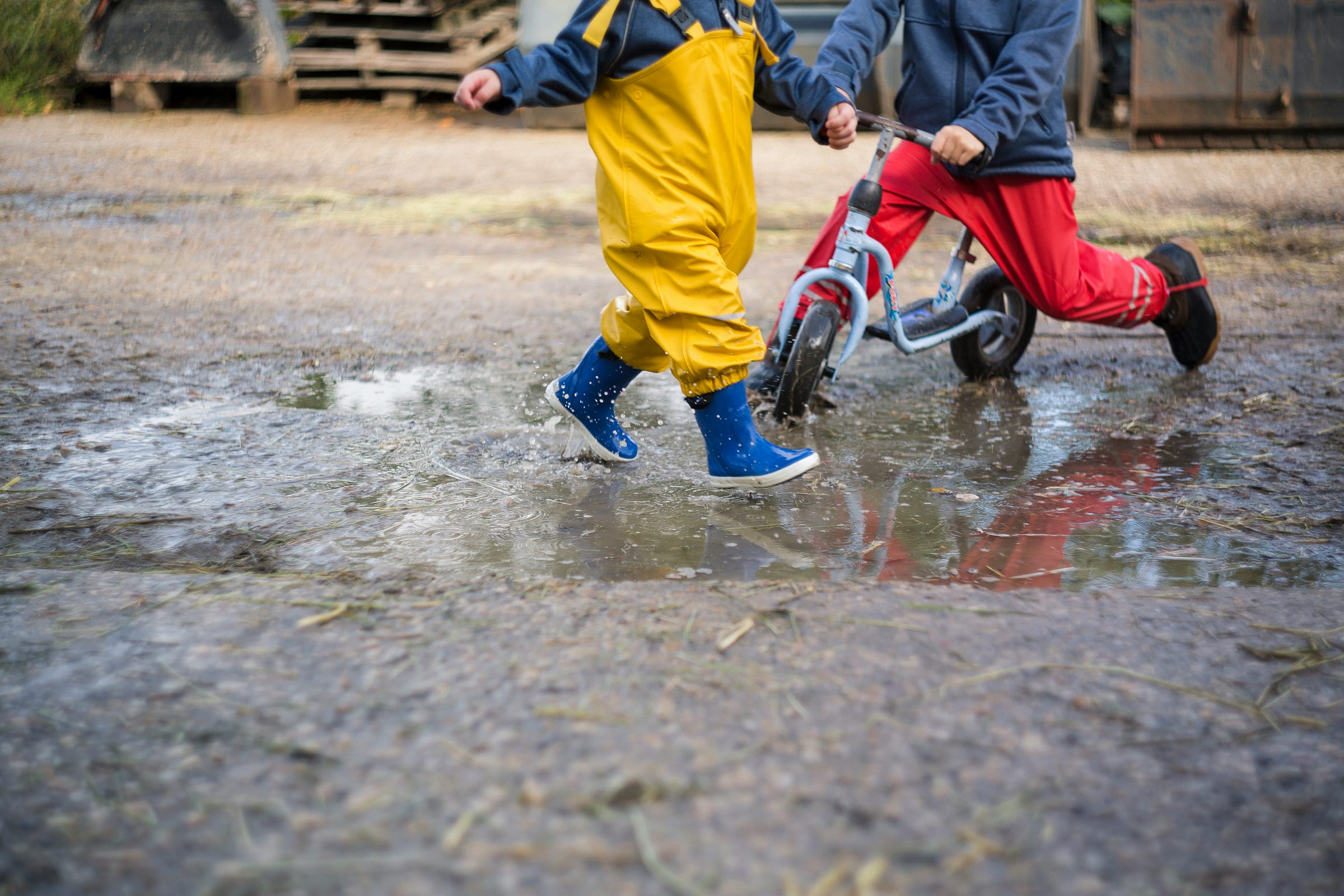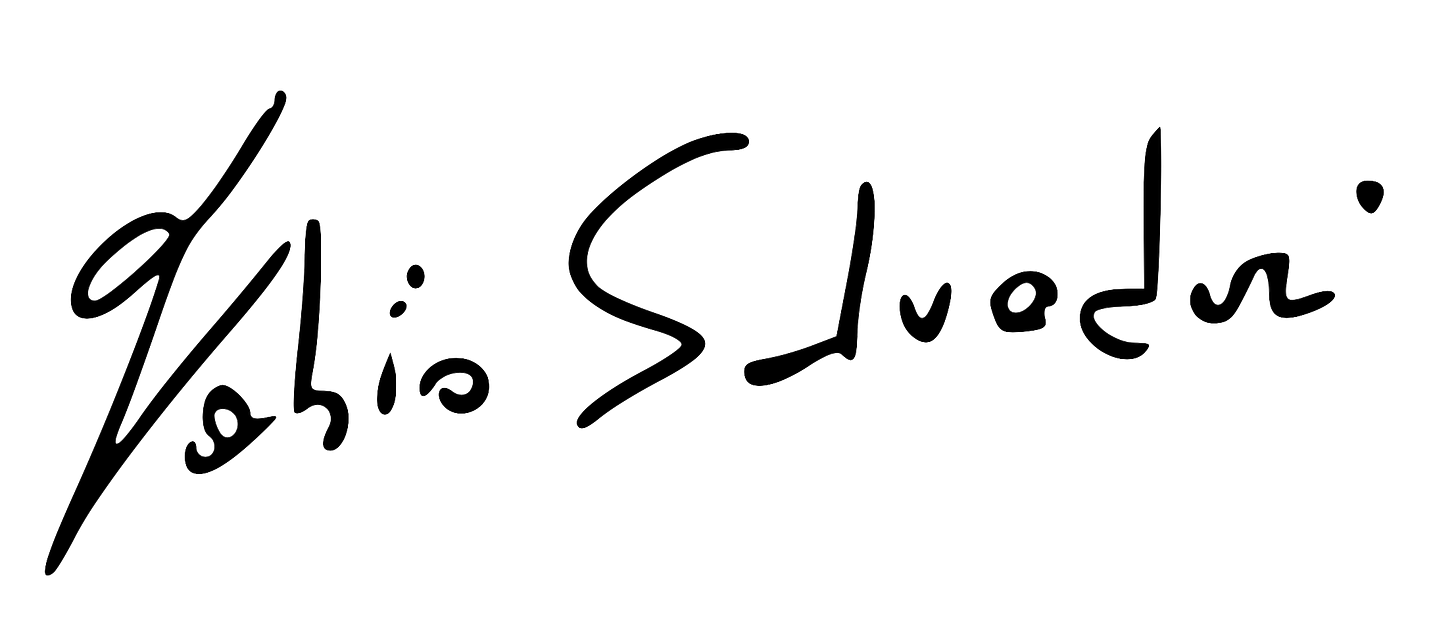Untaming Ourselves
Rediscovering Our Wild Nature in a Structured World

Have you ever watched a child at play and marveled at their unbridled creativity and adaptability? That untamed spirit we all once possessed might hold the key to navigating our increasingly complex world. Let's explore some thought-provoking ideas that challenge our conventional understanding of human progress and societal evolution.
The Grain Revolution: Who Really Domesticated Whom?
In his groundbreaking book "Guns, Germs and Steel," Jared Diamond presents a fascinating perspective on the Agricultural Revolution. Contrary to the common belief that humans domesticated grains, Diamond suggests it might have been the other way around. He proposes a co-evolution where grains, in a sense, also "domesticated" humans.
This symbiotic relationship led to:
Grains benefiting from human cultivation and spreading widely
Humans becoming increasingly dependent on these grains
Significant societal changes, including sedentary lifestyles and complex civilizations
I always thought of the Agricultural Revolution as a liberating chapter in human evolution. Now, I'm not so sure anymore.
The Mismatch: Our Hunter-Gatherer Brains in an Agricultural World
Fast forward to a few weeks ago, I came across another intriguing idea in "TomorrowMind" by Gabriella Rosen Kellerman and Martin Seligman. They posit that "Starting with the Agricultural Revolution, our brains were no longer designed for our work."
Think about it: while our lifestyles and work changed dramatically with agriculture, our brains remained those of our hunter-gatherer ancestors. Key traits like generalism, adaptability, and creativity suddenly found themselves at odds with the structured, predictable reality of agricultural societies.
As we progressed into industrial society, this mismatch only grew. We were forced to become more specialized, efficient, and structured – a far cry from our adaptable, creative roots.
The Ironic Twist: Back to Complexity
Here's where it gets interesting. The reality we've created through rapid technological and societal evolution is now more complex, unpredictable, and unknowable than ever. In a twist of irony, our modern world might be closer to the environment our hunter-gatherer ancestors navigated thousands of years ago than to the structured societies that came in between.
Interestingly, this unpredictable environment might be more suited to the natural curiosity and adaptability we see in children – qualities we often lose as we conform to societal structures.
The Tao of Harmony
While pondering these ideas, I stumbled upon a passage in "Tao: The Watercourse Way" by Alan Watts and Al Chung-Liang Huang that resonated deeply:
"Thus everything's 'own way' is the 'own way' of the universe, of the Tao. Because of the mutual interdependence of all beings, they will harmonize if left alone and not forced into conformity with some arbitrary, artificial, and abstract notion of order, and this harmony will emerge tzu-jan, of itself, without external compulsion."
This got me thinking: How often do we create order at the expense of harmony? In our personal lives, workplaces, and society, we frequently impose structures designed to optimize efficiency and productivity. But are we stifling the natural flow of creativity, innovation, and personal development in the process?
Moreover, this reflection circles back to the idea of grain domestication. Just as we believed we were domesticating grains, only to find ourselves equally shaped by this new relationship, the structures we impose on the natural flow of things come with an illusion of control. We think we're "domesticating" our environment, our work, our lives – but in reality, these very structures are domesticating us. They limit not just the natural world around us, but our own creative expression and potential.
In a way, we've become both the domesticator and the domesticated, trapped in a web of our own making. This raises a crucial question: In our quest to control and optimize, are we inadvertently constraining the very qualities – adaptability, creativity, harmony with our environment – that made us successful as a species in the first place?

Untaming Ourselves: A Path Forward
So, where do we go from here? I propose three ideas, inspired by the innate wisdom of our childhood selves:
Embrace Our Wild Side: It's time to rediscover at least part of our dormant wild nature. Let's tap into that adaptable, creative core that served our ancestors so well and still shines brightly in every child at play.
Let It Be: As Watts and Huang suggest, maybe it's time to trust in the natural order of things. Let's have faith in people's resourcefulness and allow their creative potential to flourish, much like how we trust children to learn through exploration and play.
Subtract: The path forward might not be about adding more – more structures, more rules, more knowledge. Instead, let's focus on subtracting. Remove limiting beliefs, unnecessary complexity, and the illusion of control that hinders our free expression. In essence, let's peel back the layers of conditioning to reveal the curious, adaptable beings we once were.
In our complex, modern world, perhaps the key to growth lies in reconnecting with our wild, adaptable nature – that childlike spirit of curiosity and creativity. By subtracting the taming influences of rigid structures and embracing our inherent flexibility, we might just find ourselves better equipped to navigate the unpredictable landscape of the 21st century.
What do you think? Is it time we untamed ourselves a little?
Maybe it's about rediscovering that wilderness that we used to have when we were children – that innate ability to adapt, create, and harmonize with our environment without being constrained by preset structures and expectations.
Remember, this wild spirit isn't alien to us. It's a fundamental part of who we are, often buried but never truly lost. By reconnecting with this aspect of ourselves, we might find new ways to thrive in our ever-changing world.
With Love and Gratitude,


